Sun Protection: Safe Sunscreens, Best Foods, Healthy Sun Exposure Tips

I make no secret or excuses about my love for the sunshine. I gladly escape cold Toronto winters in favour of warmer locales like California, Hawaii or the Caribbean. Yet, you’ll never find me slathering on conventional sunscreens. This is because there are plenty of safe, chemical-free sunscreen options available, foods we can eat to support skin health, and healthy sun exposure habits.
Here it all is, rolled into one tidy post for you, at long last.
Sunshine is not a carcinogen. Sun is not the problem. We need the sun to survive. It’s the source of all life on this planet and we are not the one living species that does not benefit from the sunshine. It is our leading source of Vitamin D, a vitamin that supports our bone health, enhances our immune system, balances our hormones and nourishes brain function. Sunshine is vital for our mental and emotional wellbeing. And dare I say it, the sunshine on our skin feels good. And yet, somehow, we have made it the villain and declared ourselves helpless victims. We are terrified of the sun and smear ourselves with toxic sunscreens that may be doing us more harm than good.
Health Benefits of the Sun

We need the sun’s rays to make Vitamin D. When we wear sunscreen, we block the production of Vitamin D in our bodies. A meta-analysis of sun exposure studies showed that moderate sun exposure can reduce the risk of:
- All-cause mortality
- Colorectal cancer
- Breast cancer
- Non-Hodgkins lymphoma
- Prostate cancer
- Pancreatic cancer
- Hypertension
- Cardiovascular disease
- Metabolic syndrome
- Type 2 diabetes
- Obesity
- Alzheimer’s disease
- Multiple sclerosis
- Rheumatoid arthritis
- Psoriasis
- Non-alcoholic fatty liver disease
- Macular degeneration
- Myopia
- Seasonal affective disorder
- Depression
We need the full benefits of the sun throughout the body. Aside from the reduced risk of the many common conditions mentioned above, sunlight hitting the eye is crucial. Sunshine hitting the eye regulates our circadian rhythm, which helps us get a better night’s sleep and wake up in the morning.
Common Misconceptions About Sun Exposure + Sunscreens
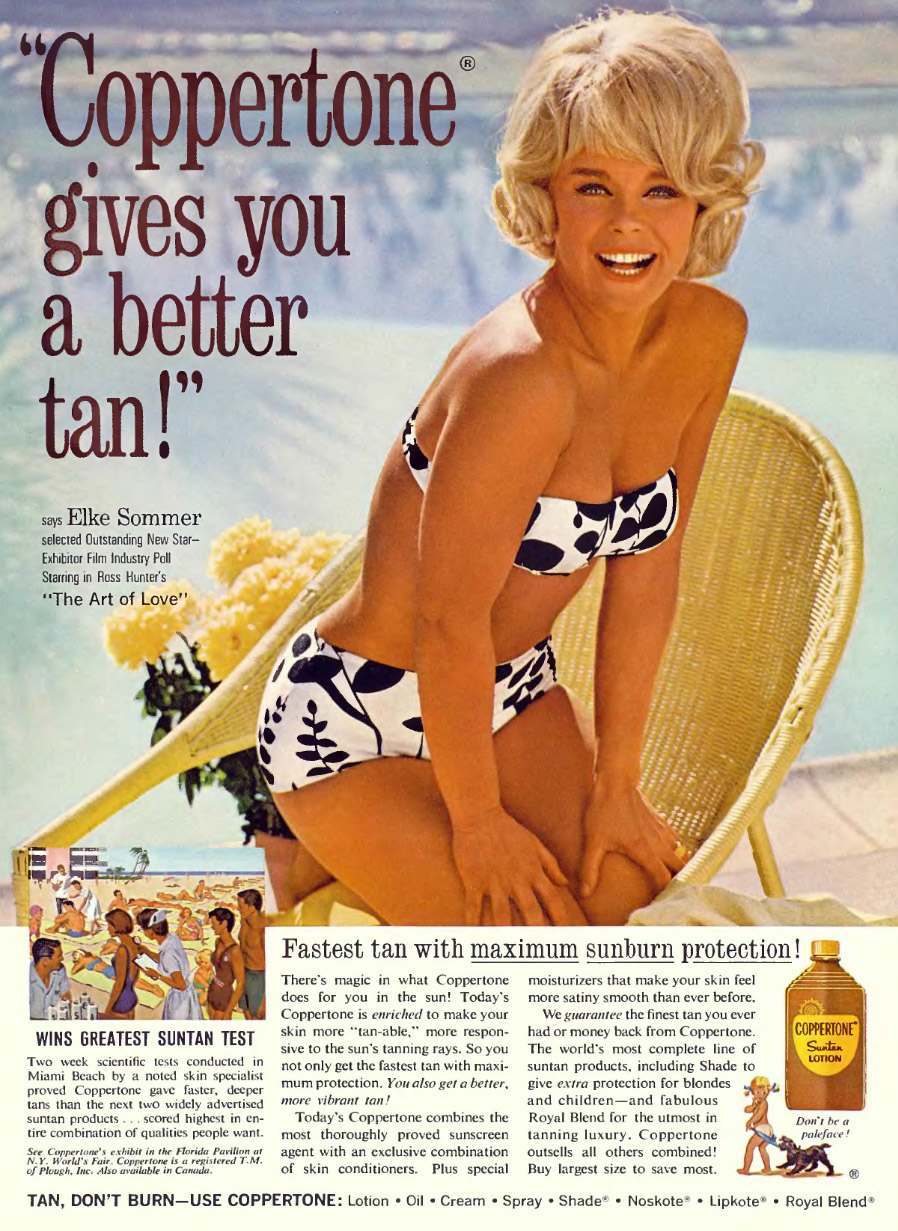
We have been taught that sun exposure is bad and our main line of defense to protect ourselves is to use sunscreen. It isn’t that the sun itself is dangerous, rather it’s the potential effects of getting a sunburn, which can lead to an increased risk of melanoma.
But is sunscreen solving the problem? We scrub toxic chemicals into one of our largest and most sensitive organs – our skin – yet wearing sunscreen hasn’t reduced skin cancer cases. In the US, non-melanoma skin cancer rates increased by 77% between 1994 and 2014, while melanomas doubled between 1982 and 2011 and continue to rise. In Canada, skin cancer rates rose by 1.4% per year between 1998 and 2007. Also, skin cancer is now the third most common cancer in young women from 15-29 in Canada.
While some of these rates could be attributed to climate change and ozone depletion, I think we have changed more than our sun has. We fill our bodies with hydrogenated oils, processed foods, additives and processed sugars. We coat our bodies in a chemical cocktail of personal care products, deodorant and perfumes. And we clean our homes with carcinogenic and endocrine-disrupting chemicals, we sit too much, we spend too much time in front of electronic devices, and we work in health-depleting office environments.
sunscreeen – a false sense of security
Aside from the potential health effects of chemicals in sunscreens (more on that below), sunscreen doesn’t make us invincible. Wearing sunscreen gives us a false sense of security, luring us to believe we’re safe and protected. Sunburns often don’t emerge until several hours after sun exposure for many of us. Some common sunscreen blunders include:
- Not applying it properly or using a sufficient quantity
- Not applying it often enough
- Staying in the sun for way too long or being outside during peak sun hours because we believe we are protected
- Not adjusting sunscreen/sun exposure based on elements like latitude and skin colour
- The unknown quantity of cumulative exposure to the sun and chemicals in sunscreens over decades of time
- Believing sunscreen is the primary defense for sun protection
- The sunscreen may not have the level of protection the label claims
Applying a layer of sunscreen is only one way that we can protect ourselves from the damaging effects of UV radiation. There are many more opportunities for us to practice safe sun protection and enjoy a healthy relationship with sunshine.
Foods and Sun Protection
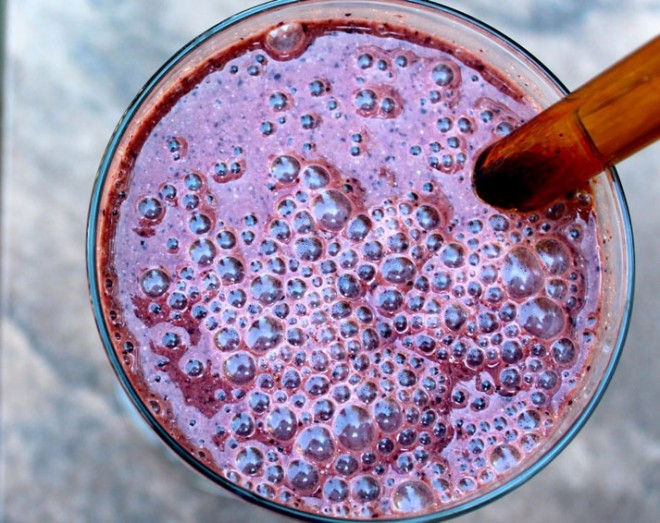
UV radiation increases free radicals in the body. Antioxidants counteract the negative effects of free radicals. If you’re going to be out in the sunshine during warmer months, then it’s a good idea to amp up your consumption of antioxidant-rich foods.
Some of my favourites to nourish and protect skin are:
- Blueberries: Their dark skin and high content of antioxidants protect this little berry from the sun’s radiation and when we consume them, they help protect us, too. They also contain Vitamin C, which helps boost the immune system and bolsters collagen production to keep our skin firm.
- Raw Cacao: This is a true superfood packed with antioxidants, minerals like magnesium for nerve and bone health, and nutrients for skin health such as sulphur and beta-carotene.
- Goji Berries: The flavourful superfruit berry is amazingly delicious and healthful. Goji berries contain Vitamin C and carotenoids, two skin-supportive nutrients, as well as amino acids for healing and repair.
- Raw Honey: One of my favourite natural sweeteners, honey in its unpasteurized form is rich in the whole gamut of nutrients. It boasts a plethora of vitamins, minerals, amino acids, active enzymes, and probiotics to help our entire system function smoothly. It possesses strong antimicrobial and skin healing properties.
- Hemp Seeds: They are high in anti-inflammatory omega-3 fatty acids, essential fats we need to get from our food. Hemp seeds can play a crucial role in our skin integrity. They can also help protect the skin against UV damage.
- Flaxseeds: Another rich source of omega-3 fatty acids that aid in skin healing and keeping skin membranes smooth and functioning optimally. They also help with hormone balance.
- Water: Healthy skin requires hydration and a healthy dose of water is just what is needed. Water helps to flush out waste and toxins, and is necessary for carrying nutrients into the cells.
Other nutrient-dense foods to eat include dark leafy greens, cruciferous vegetables, seaweeds and culinary adaptogens.
Conventional Sunscreens: Health Impacts + Chemicals to Avoid
Conventional sunscreens contain ingredients that aggravate the skin, disrupt our hormones and interfere with the endocrine system. As spray sunscreens have grown in popularity, they release nanoparticles into the air that may have an impact on our respiratory system.
These products use chemicals to filter out the sun’s UV rays. Some of these ingredients include:
- oxybenzone
- avobenzone
- octisalate
- octocrylene
- homosalate
- octinoxate
Of these chemicals, oxybenzone is the most worrying to me. There is a growing body of evidence that oxybenzone disrupts hormones and irritates the skin. A recent clinical trial of sunscreen chemicals found that oxybenzone, as well as several other sunscreen chemicals, seep through your skin and into the bloodstream and then rise with daily use. The Center for Disease Control disclosed that about 97% of people tested have oxybenzone in their urine plus it’s been found in human breastmilk. Oxybenzone reacts with chlorine, which is found in swimming pools, drinking water and our showers, creating byproducts that are harmful to our health.
Yes, our skin is a barrier that protects our insides from the external environment, but it’s also a very large organ with a highly absorptive surface. It’s not an impenetrable wall – the ingredients we apply to our skin get soaked in, then circulate around the body. And the higher the SPF, the more chemicals these sunscreens contain.
Are new sunscreen regulations needed?
In the United States, the FDA is proposing some new sunscreen regulations to tamp down on these harmful chemicals. Hopefully, some or all of these chemicals will be phased out for our safety.
Further, a recent study in JAMA concluded that the blood concentration of three of the most prevalent sunscreen ingredients continued to rise with daily use and then remained in the body for at least 24 hours after sunscreen use ended. Based on a recent ruling by the FDA, it has been stated that “oxybenzone and 13 other ingredients are not classified as safe and effective for use.” This might be a good time to remind you of the New York Times 2017 story entitled, “Are Your Sperm In Trouble”, cited the effects sunscreen ingredients have on sperm. Many of these studies are more than 5+ years old. I can’t tell you why the FDA is only now calling for more stringent testing.
And it’s not just us human beings who are at risk. Oxybenzone is also impacting the environment: it’s destroying coral reefs. Hawaii signed the first bill in the US to ban oxybenzone and octinoxate from sunscreens, which went into effect in January 2021.
Other ingredients of concern in sunscreens include:
- Retinyl palmitate: This is a form of Vitamin A intended to provide antioxidant protection, but some evidence suggests it may actually accelerate skin tumors and lesions.
- Fragrance: A common cosmetic ingredient that gives your sunscreen an artificial scent. It can trigger allergic reactions, respiratory issues like asthma, headaches and hormonal disruptions.
- Parabens + Phthalates: These compounds greatly impact our endocrine systems and interfere with reproduction.
Safe Sunscreen Brands
It can be difficult to find a good sunscreen and in all honesty, no sunscreen is going to be perfect. Safer bets are going to be mineral sunscreens that don’t have nanoparticles. Here are some of my favourites in order of my personal preference for ingredient safety :
- Living Libations: This is one of my all-time favourite companies for basically everything from essential oils to beauty care. They have an essential oil-based product called Everybody Loves The Sunshine, as well as formulations with non-nanoparticle zinc oxide that comes in cream and stick options.
- The Matter Company: A herbal focused natural company that has a number of good sunscreen options, including ones for kids.
- Badger Organic Sunscreen: This one also uses Zinc Oxide as the mechanical barrier to the sun and is a popular one for kids (though equally great for everyone). Check it out here.
- Green Beaver: Another Canadian brand that is free of the biggest culprits in the sunscreen game. They have adult and kid options.
- Thinkbaby: Has UV protection up to 50 (which I don’t fully understand but some parents want this). That one is here.
- Brush on Block: This refillable mineral powder sunscreen is translucent, non-greasy and easy to apply to your skin, especially on your face if you’re wearing makeup.
- Boo Bamboo Suncare: Another Canadian option that is similar to Green Beaver, but slightly runnier in consistency. Grab it here.
- Calidou: A kid-friendly sunscreen that is gentle on the eyes and skin, is fragrance-free, plus the company uses recyclable packaging.
- Goddess Garden: This B Corp-certified company offers a variety of sunscreen products, including ones for babies, kids, sports, lips and body. Some of their products are very thick and take time to rub in. Try this SPF 30 sunscreen lotion.
More safe sunscreen resources
The Environmental Working Group (EWG) also has a list of sunscreens that meet their criteria that you can peruse.
(My only caveat to recommending the list from EWG is that Scott Faber, senior vice president for government affairs at the Environmental Working Group, was recently quoted as saying, “The sun is the real enemy here.” Nope. No it’s not.)
Safe Sun Recommendations
Sunscreen is only one way to protect our skin from UV damage. You can reap the health benefits of the sun with the following tips:
Avoid Peak Sun Hours
Don’t spend a lot of time in direct sunlight when the sun is at its peak, often from 10am to 4pm but this may change depending on where you live. Grab your sunshine early in the morning or later in the evening, or stay in the shade when outdoors. There’s one exception to this: you can spend about 10 minutes in peak sunshine to grab your daily dose of Vitamin D.
Cover Up
Shorts, tank tops and bathing suits can leave our skin exposed, especially if we are out for long periods of time. Try wearing lightweight clothing with longer sleeves or pant legs, don a hat, and wear sunglasses. Long-sleeve waterproof shirts and bathing suits are great for pools, oceans and lakes.
Create Your Own Shade
If you are visiting a beach or pool for the day and there isn’t a lot of shade (or the shade moves), create your own shade by bringing a large beach umbrella.
Don’t Wash Off Vitamin D
Vitamin D is formed on the surface of your skin, but it can take up to 48 hours to absorb. However, at the end of a sunny day, we are likely in the shower or bath scrubbing off the sunscreen, sweat and dirt. I’m not suggesting you forgo a shower – instead, rinse your body with water and use soap for washing your armpits and genitals.
Stay Hydrated
Plain water, water infused with herbs or fruit, coconut water, chilled herbal teas, green juice or homemade almond milk are all great options to keep you well hydrated during hot and sunny days.
In my view, the risks of chemical-ridden sunscreens are greater than altering our sun protection strategies and using more natural alternatives. The sun’s nutrients are essential to our well-being and with some smart sun care and attention, it’s possible to reap the benefits safely.
*This post contains affiliate links
Free Resource Library
Enjoy more than 40 downloadable guides, recipes, and resources.















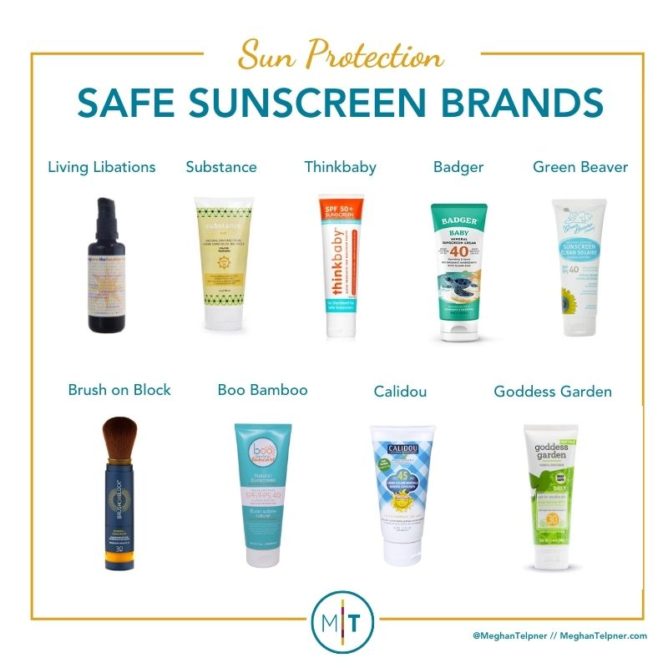
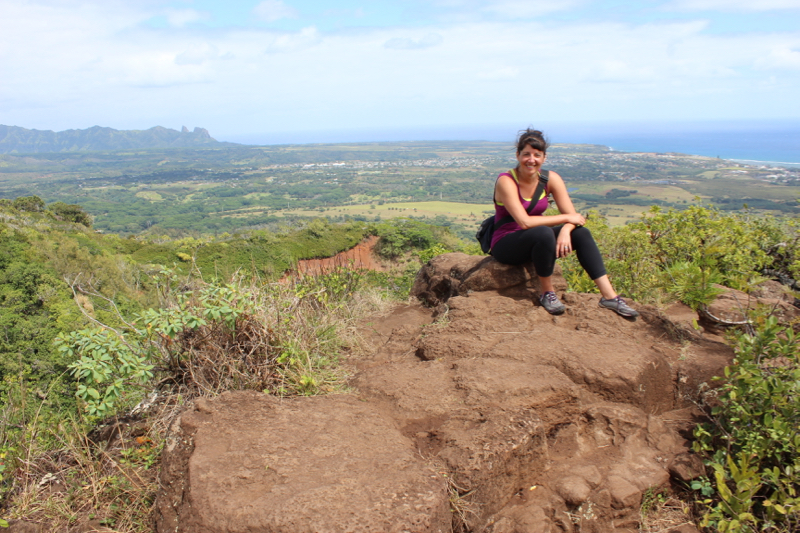


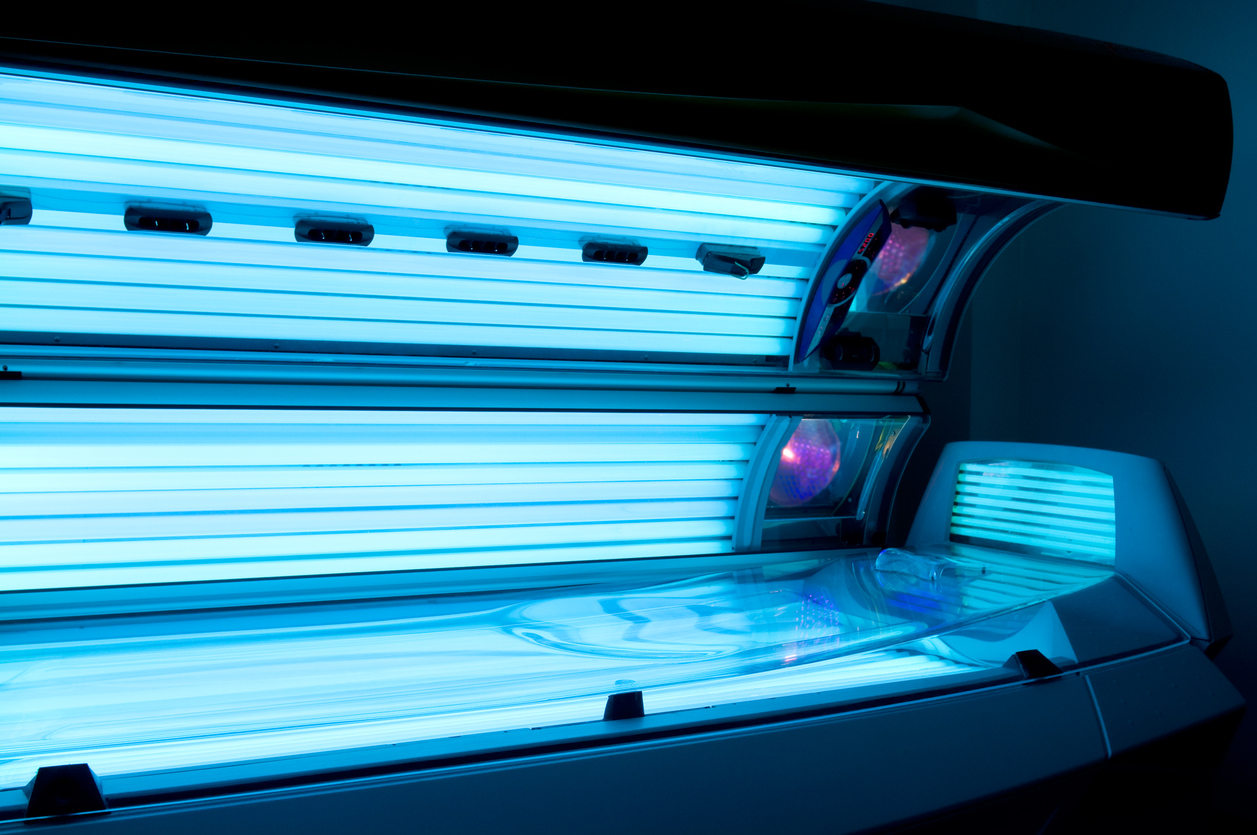




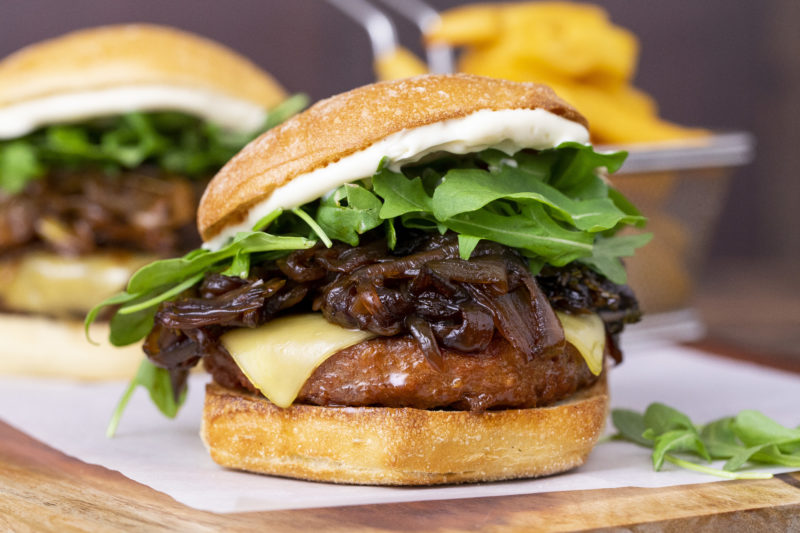
Not only did they find the oxybenzone and other chemicals in the urine and bloodstream, but they also found it in amniotic fluid, the fluid that your baby lives in while you are pregnant. Out of all of them, this one is most alarming to me.
Thanks for bringing this to our attention. My spouse and I recently went to Grand Cayman and they are against oxybenzone due to coral reef damage. Unfortunately the USA is behind and none of the products you suggested are in grocery stores here (near Houston, TX). Hopefully spreading the word changes companies of popular brands to use better ingredients that won’t harm the earth or its inhabitants. Otherwise, I fear people will simply grab what is readily available and cheap and it will be too late.
Hi Meghan, thanks for sharing your knowledge. Most of the products you are proposing or recommending are US or Canada based with up to 3 months shipping time. Are any of these available in Europe? Or can you recommend anything that is easier to access here in Europe ? UK? Perhaps?! Thank you
Hi, great info as always. Thx. I had Derma.E recommended to me at my local health food store, any thoughts on this one? Thx again.
Hi Meghan,
This was a great read and I really appreciate your brand recommendations. It makes it easier when I go shopping. :)